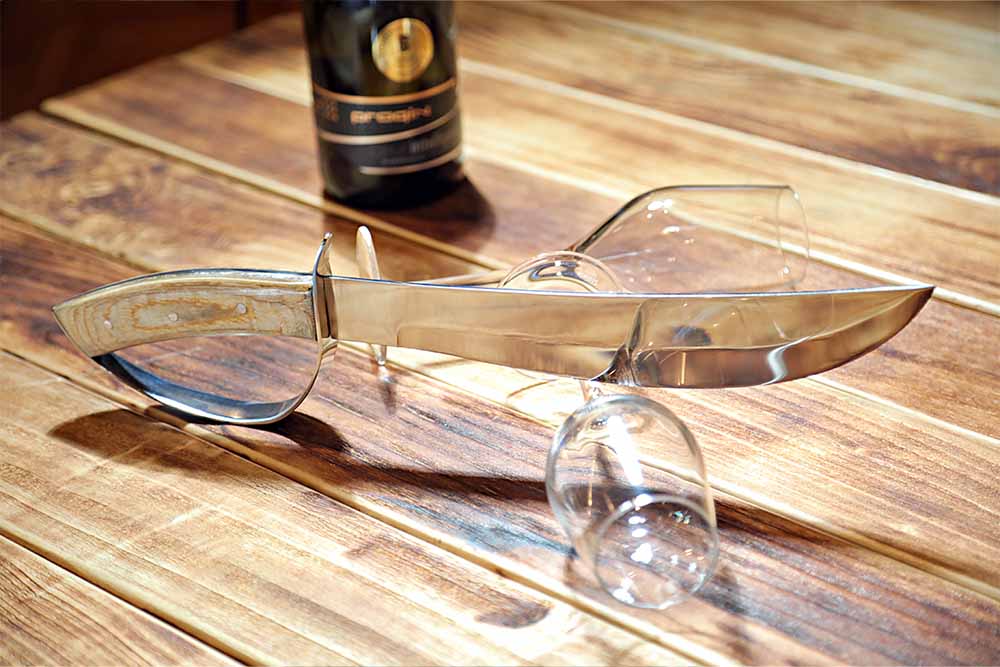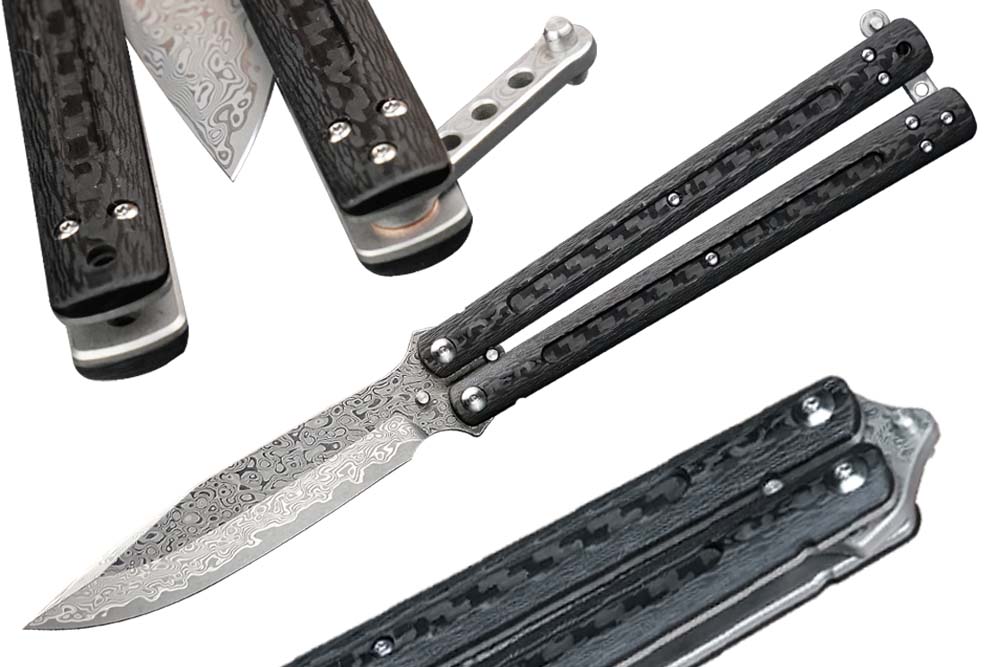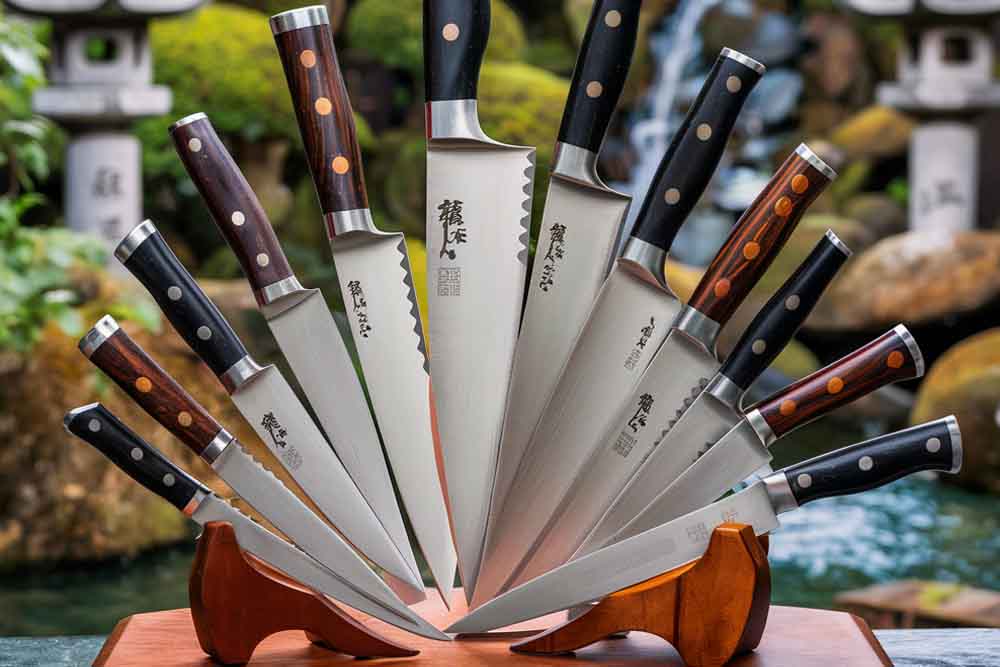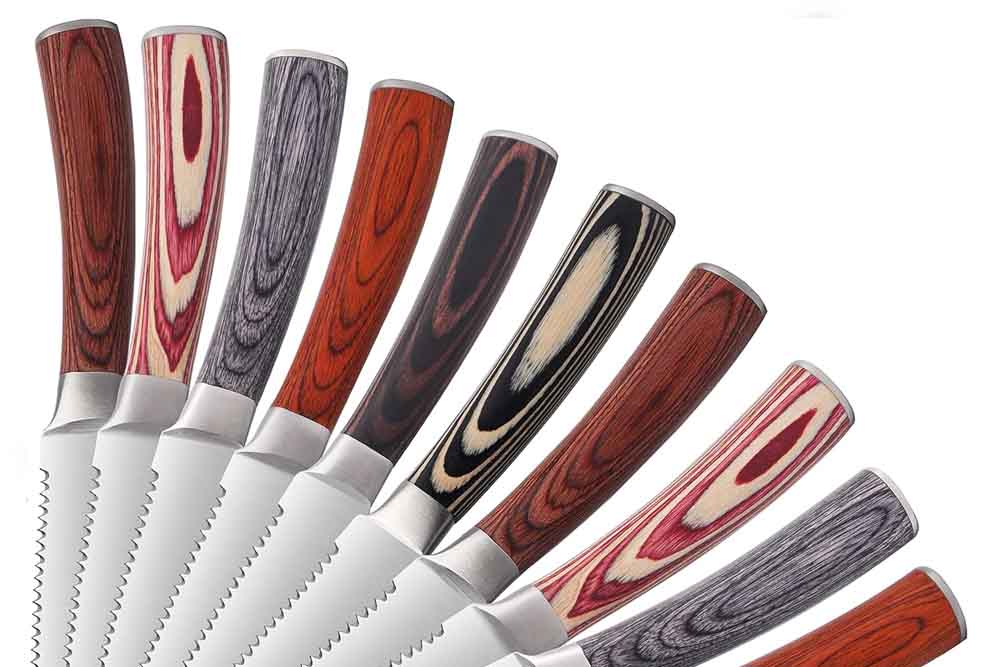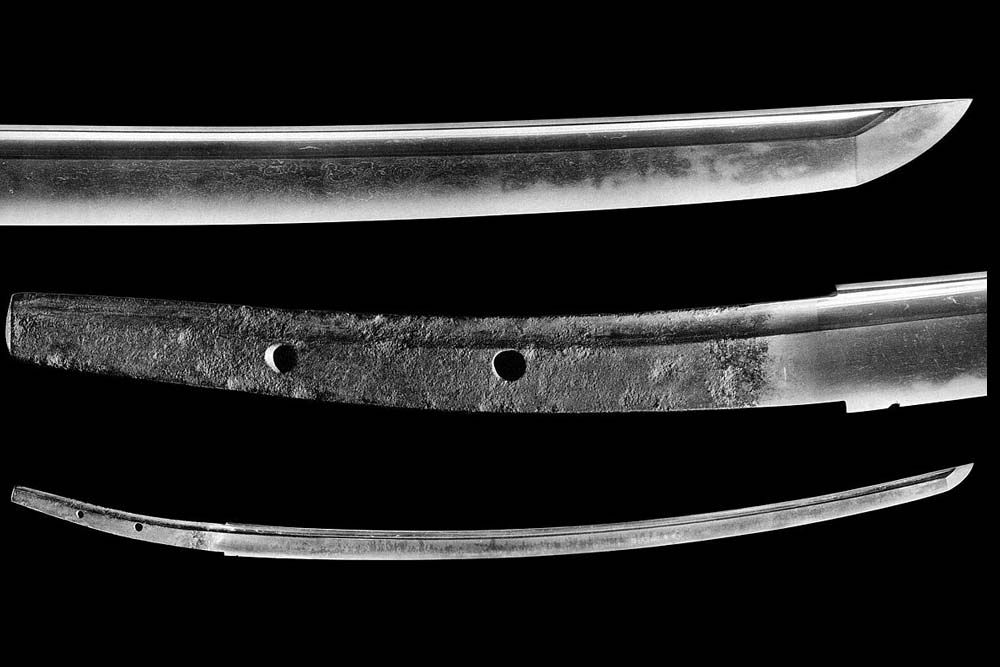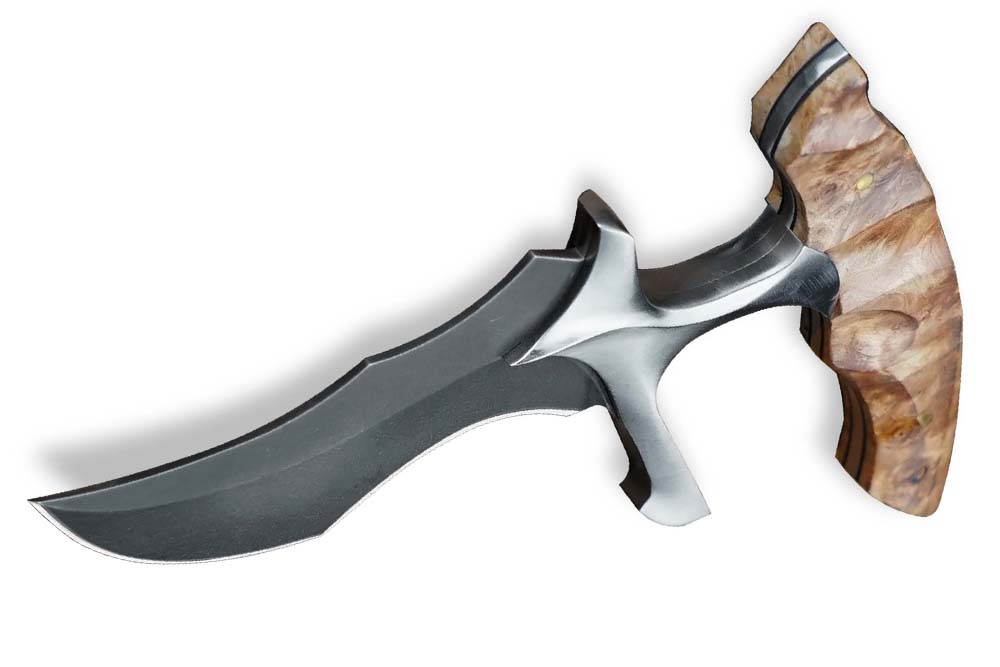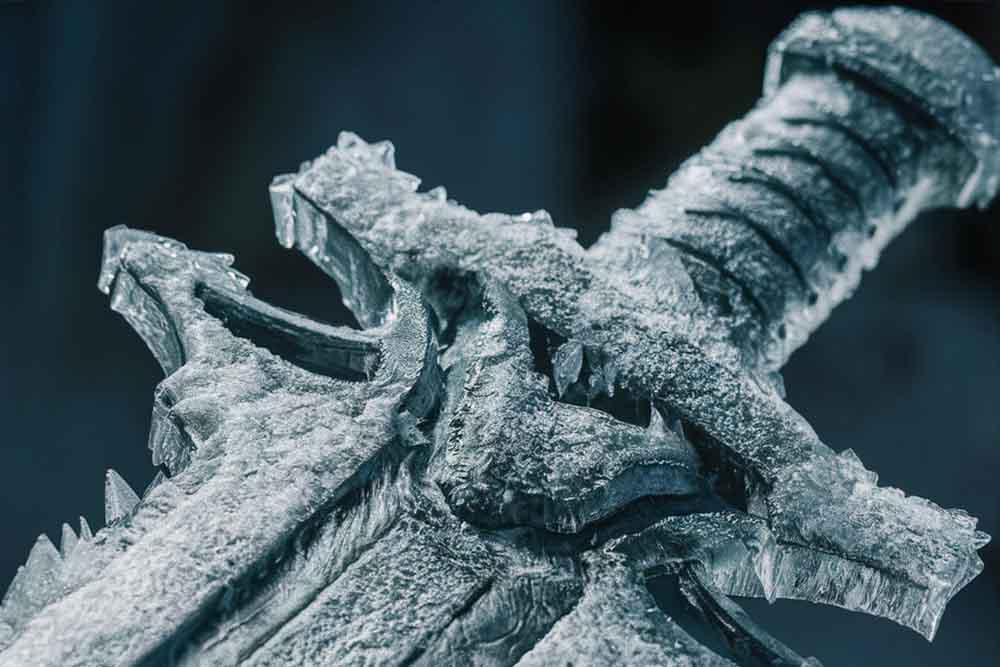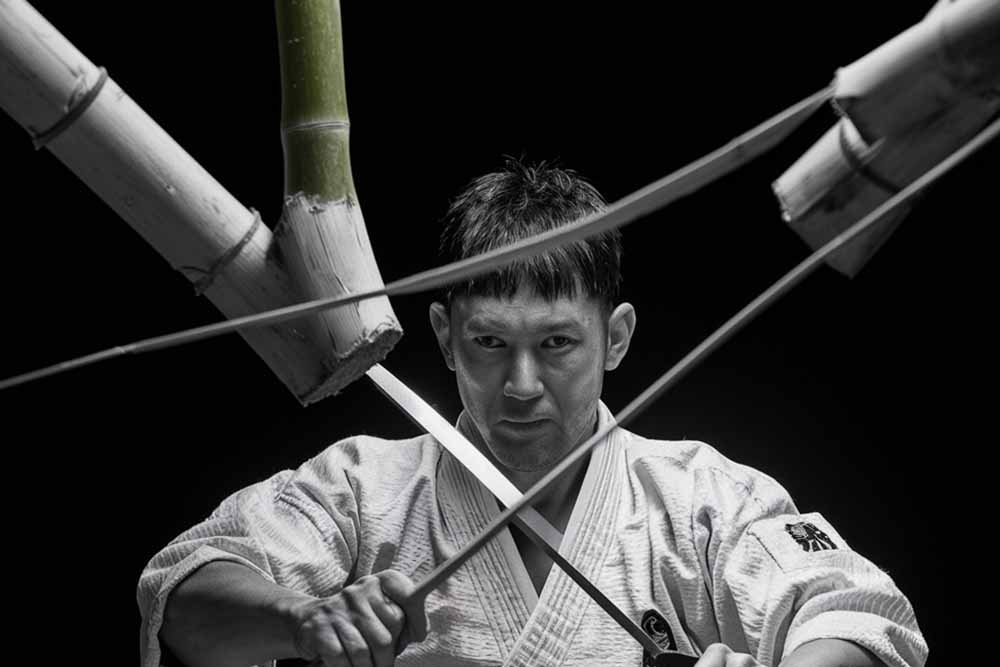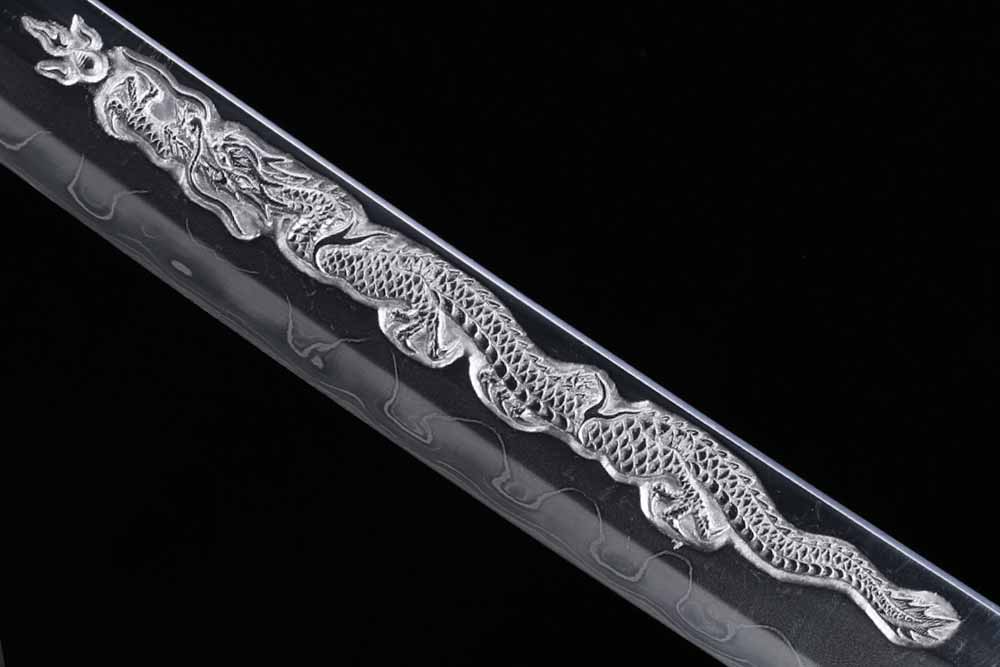War Guntō (軍刀) are modernized military swords that became part of the equipment of officers of the Japanese Imperial Army during the 20th century, especially during the Japanese expansion and the World Wars. Their history and use are closely linked to Japan's transition from a feudal system to a modern military power.
Development and period of use:
- Kyū Guntō (old military sword) - This type was introduced in the late 19th century and used until the early 1930s. Stylistically, it resembled European military sabers and made less reference to traditional Japanese swords. It was a symbol of the modernization of the Japanese military, inspired by the West, especially during:
- Russo-Japanese War (1904-1905)
- World War I (1914-1918)
- Shin Guntō (new military sword) - This type was introduced in 1934 and became the standard weapon of officers in the Japanese Army and Navy until the end of World War II. The design was partly based on traditional katanas, while the decorations (such as menuki and kashira) were often military in nature, referring to wartime values and Japanese imperial ideology. It was used during:
- Second Sino-Japanese War (1937-1945)
- World War II (1939-1945)
Technical and aesthetic features:
- Blade design: Guntō were produced in several qualitative variants. Officers and high-ranking soldiers often carried forged blades made by traditional methods, while common soldiers had industrially produced swords that were not as high quality but were faster and cheaper to produce.
- Differential hardening: Some Guntō retained traditional methods of hardening the blade (with a visible hamon line), which increased their functionality and aesthetics.
- Decoration and symbolism: The decoration of the menuki (hilt ornaments) and kashira (hilt end) often bore military motifs, such as imperial insignia or motifs associated with the bushido (samurai code of honor).
- Handle braid: The traditional Japanese ITO braid was often used, with the katatamaki (tight wrapping) style providing durability and a secure grip.
Historical context:
The guntō became not only a weapon but also a symbol of military honor and samurai tradition, which Japan sought to carry into modern times. For soldiers, these swords had great symbolic value - they served as a reminder of proud warrior traditions, but also as a tool to preserve honour (e.g. by committing seppuku).
During the Second World War, Guntō were often seen in the hands of officers on every battlefield where the Japanese army operated, from China to the Pacific to Southeast Asia. After the surrender of Japan in 1945, many Guntō were seized by Allied soldiers and taken as war trophies.
Today, wartime Guntō are collectibles, with their value depending on provenance, quality of workmanship and historical context. Some quality pieces were restored after the war and converted into traditional katanas.

_-_edited.png)

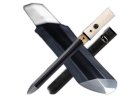
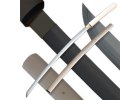
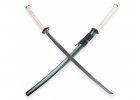
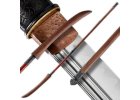

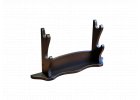

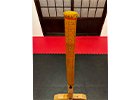
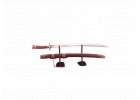
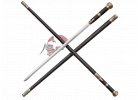

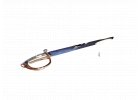

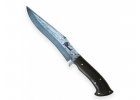
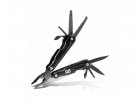
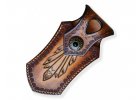
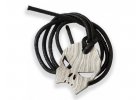
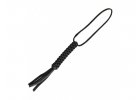
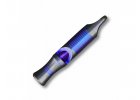
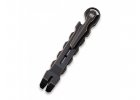
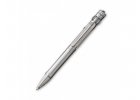


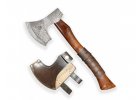







_-_vojensk___me__-1.jpg)
